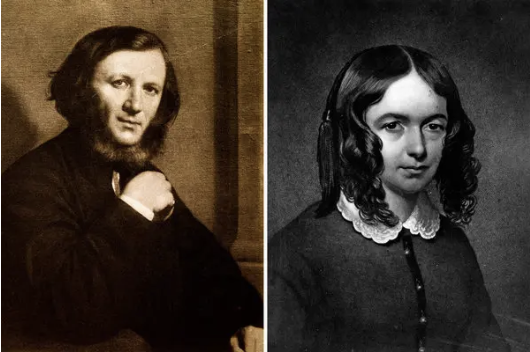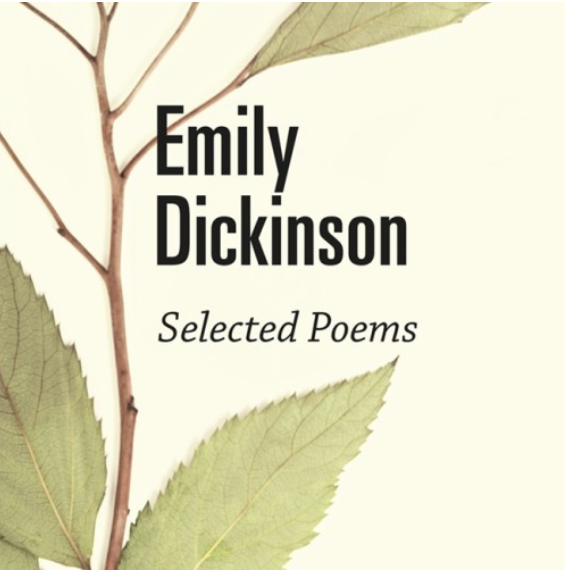EMILY DICKINSON
Emily Elizabeth Dickinson was born on December 10, 1830, in Amherst, Massachusetts, to Edward and Emily Dickinson. Emily grew up in an ambitious and well-educated family with her older brother, William Austin Dickinson, and her sister, Lavinia Norcross Dickinson. Her dad was the shareman of the annual Cattle show, treasurer of Amherst College while being the supporter of Amherst Academy, and the secretary to the Fire Society (POETRY FOUNDATION, n.d.). Despite the era, Emily’s mother had early education at Monson Academy and was dedicated to the study of sciences. Emily was delighted in her educational background where she attended a prestigious college, Amherst college, which offers astronomy, chemistry, botany, mathematics, geology, natural philosophy, natural history, and zoology. Emily got some inspiration from her curriculum study and was also heavily influenced by the metaphysical poets from seventeenth-century England.
 Emily admired the poetry of Elizabeth and Robert Barrett Browning, as well as John Keats and Walt Whitman. Emily Dickinson was a private poet who enclosed poems in letters to her friends as she was not publicly recognized during her lifetime. She finally published the first volume of her work in 1890 and the last in 1955. Upon her death in 1886, Dickinson’s family discovered forty handbound volumes of nearly 1,800 poems. Those booklets were assembled by sewing and folding five or six sheets of stationery paper to have the result of Dickinson’s final versions of poems. Dickinson’s handwritten poems showed in various sizes of dash-like marks and directions. However, the poems were initially unbound and published according to her aesthetics by her early editors, who removed her annotations. The original order of the poems was restored until 1981, when Ralph W. Franklin used physical evidence from the papers to restore her intended order. He relied on needle punctures, smudge marks, and other clues to reassemble the packets (poets.org, n.d.).
Emily admired the poetry of Elizabeth and Robert Barrett Browning, as well as John Keats and Walt Whitman. Emily Dickinson was a private poet who enclosed poems in letters to her friends as she was not publicly recognized during her lifetime. She finally published the first volume of her work in 1890 and the last in 1955. Upon her death in 1886, Dickinson’s family discovered forty handbound volumes of nearly 1,800 poems. Those booklets were assembled by sewing and folding five or six sheets of stationery paper to have the result of Dickinson’s final versions of poems. Dickinson’s handwritten poems showed in various sizes of dash-like marks and directions. However, the poems were initially unbound and published according to her aesthetics by her early editors, who removed her annotations. The original order of the poems was restored until 1981, when Ralph W. Franklin used physical evidence from the papers to restore her intended order. He relied on needle punctures, smudge marks, and other clues to reassemble the packets (poets.org, n.d.).
Emily Dickinson has inspired many people not only through her phrases and words but through her life’s journey. Despite all the obstacles she has experienced from her parents and society’s standards, she proves to everyone that she is capable of becoming a great poet. Now, Dickinson’s writings have been cherished for years and have touched people’s hearts through her lively poetry. Dickinson has been a great inspiration for generations of writers and literacy lovers through her unique expression in her creations. However, would you try and do the same thing as Dickinson did back then? Would you still do the things that you love despite the contradictory comments? Would you still fight for the things that your soul truly craves? Fight for the things that make you feel alive.
References:
poets.org. (n.d.). Emily Dickinson 1830-1886. Retrieved from Poets.org: https://poets.org/poet/emily-dickinson
POETRY FOUNDATION. (n.d.). Emily Dickinson. Retrieved from POETRY FOUNDATION: https://www.poetryfoundation.org/poets/emily-dickinson



